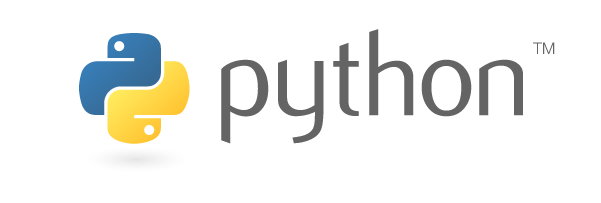At home -> Search -> json export of attributes database of smart data models is the full database of attributes (more than 18000), see the statistics page as an array of JSON objects.
Fields for each attribute
_id: identifier of the item
property: the name of the attribute
dataModel: the data model this attribute is present
repoName: the subject this data model belongs to
description: the description of the attribute
typeNGSI: Whether it is a property, Geoproperty, or relationship
modelTags: inherited from the data model tags
license: link to the license for the data model
schemaVersion: version of the data model
type: data type
model: when available the reference model for the attribute
units: when available the recommended units for the attribute
format: either date, or time, or date-time, or URI, etc the format of the attribute













